How to Choose Book Barcode Scanner for Bookstores and Libraries
2024-04-02 17:28
In bookstores and libraries, barcode scanning is a vital way for book inventory management and checkout processes. Using a book barcode scanner to scan ISBN or Code 39 barcodes links physical books to digital systems, facilitating cash transactions and book checkout.
This guide will explore key factors to consider when selecting a library barcode scanner, aiming to make your operation more efficient.
1D or 2D Barcode Scanner
Barcode scanners are broadly categorized into 1D and 2D types. A 1D barcode scanner primarily recognizes linear barcodes, such as UPC, EAN, and ISBN barcodes. These barcodes are commonly used barcode formats in books and magazines, typically located on the back of books for book identification.
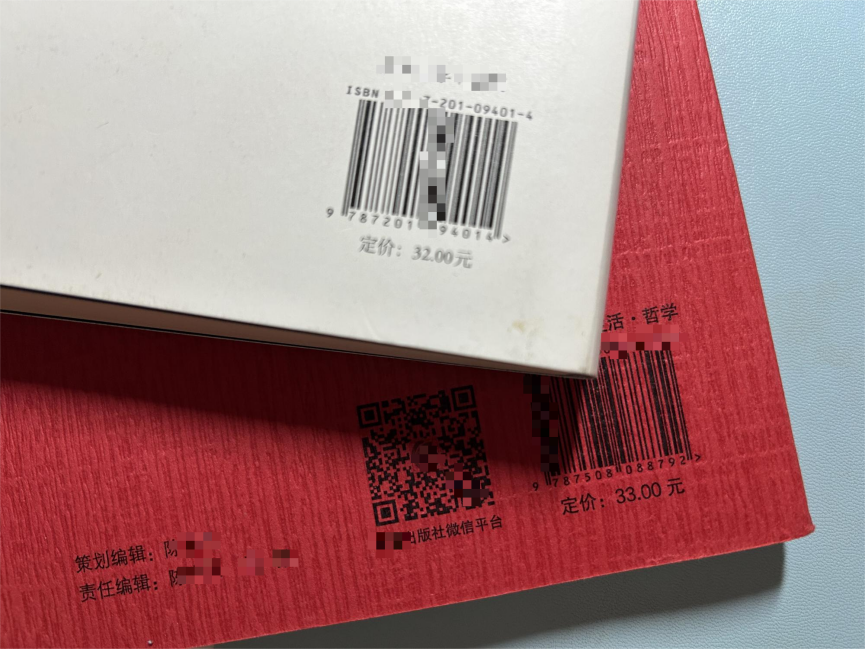
2D scanners can read both 1D and 2D barcodes, including PDF417, QR codes, which can store additional information.
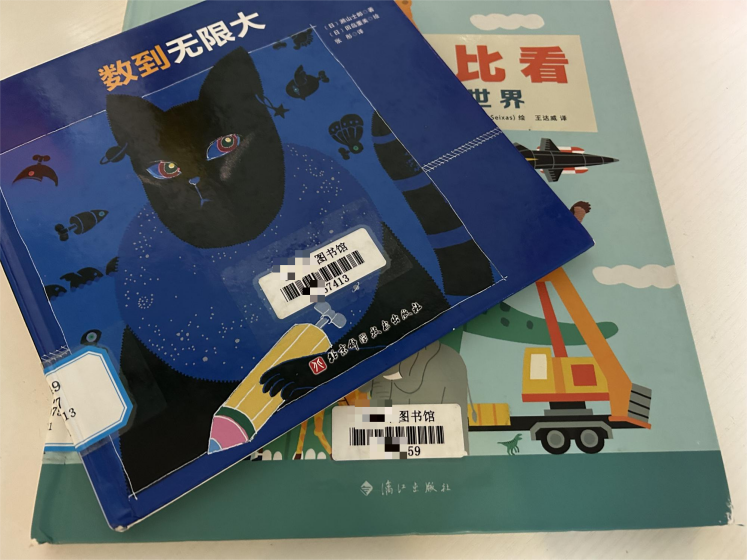
For basic book barcode scanning needs, an ISBN scanner suffices. Similarly, in libraries, staff generally use barcode printers to print linear barcodes like Code 39, then adhere them to books for unique identification. Then they use 1D barcode scanners to read these barcode labels for book circulation, including checkout, return, and renewal.
However, at the check-out counter of the bookstore, you may expect more functions of a cash register scanner. It should read more complex 2D barcodes like mobile payment QR codes or membership QR codes to facilitate the checkout process.
USB or Wireless Barcode Scanner
A USB barcode scanner provides stable data transmission and is typically stationed at checkout counters, integrated with other POS hardware for various transactions.
However, bookstore owners and library managers also need to conduct regular inventory checks using scanners. Here, a wireless scanner is more suitable, allowing the scanning of barcodes on the move.
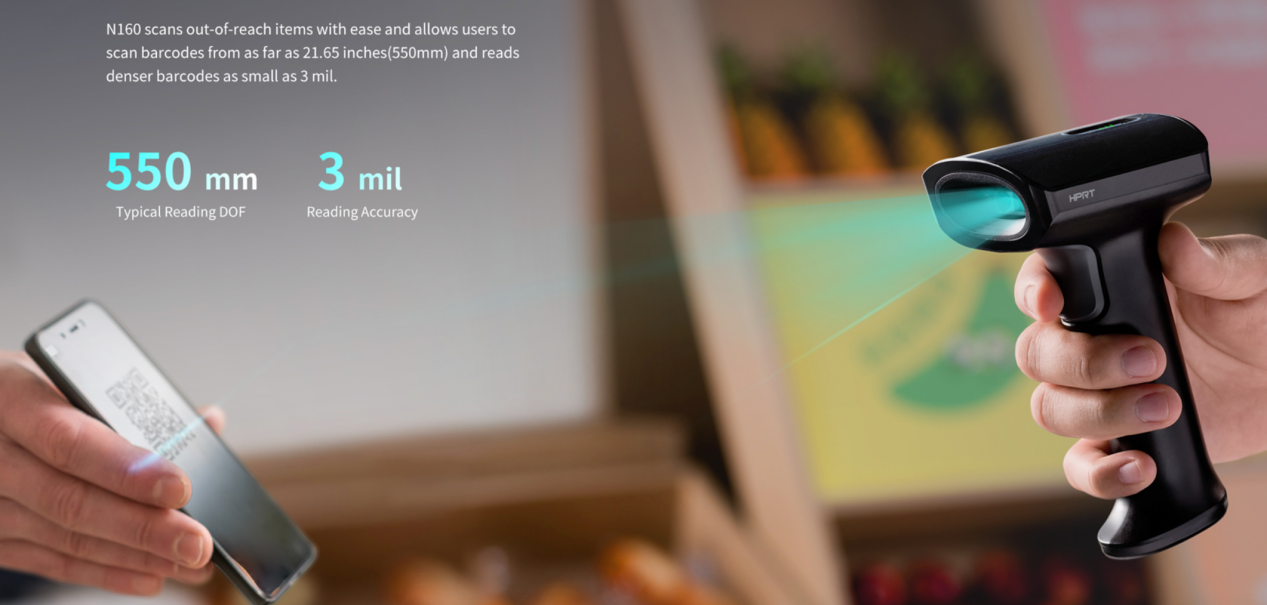
For instance, the HPRT N160BT 2D handheld barcode scanner, with Bluetooth 5.0, offers a data transmission distance of up to 100 meters in open areas.
It also has a long scanning depth of field, for example, the reading depth of field for 3mil Code39 can reach 22cm. This wireless barcode scanner for bookis ideal for extensive mobility in small bookstores and libraries.
Barcode Decoding Technology
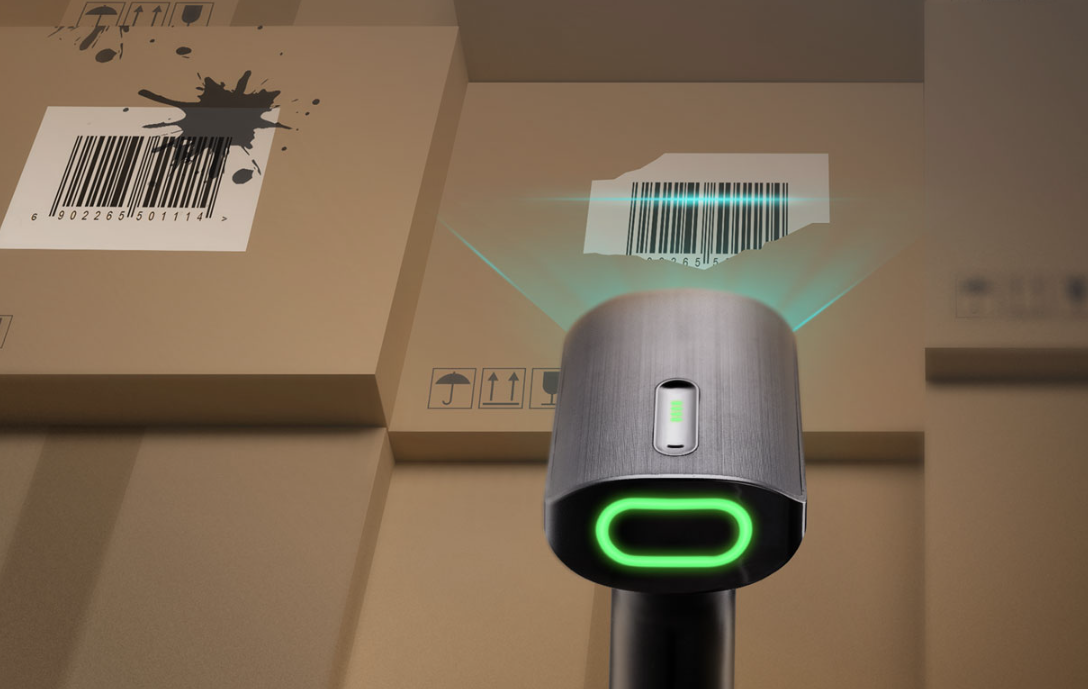
Libraries frequently lend out books, which may lead to potential wear on the book barcodes. Therefore, the library barcode scanners used need to have excellent decoding technology.
We recommend the Hanin N160BT QR code scanner, which can quickly capture damaged, faded and other barcodes through a unique combination of hardware and advanced decoding technology.
Compatibility
Library and bookstore management systems come in a variety of types, such as Library Management Systems (LMS) and Integrated Library Systems (ILS). They run on operating systems including Windows, macOS, and Linux.
When choosing a barcode scanner for books, it is important to consider your specific operating system to ensure compatibility.
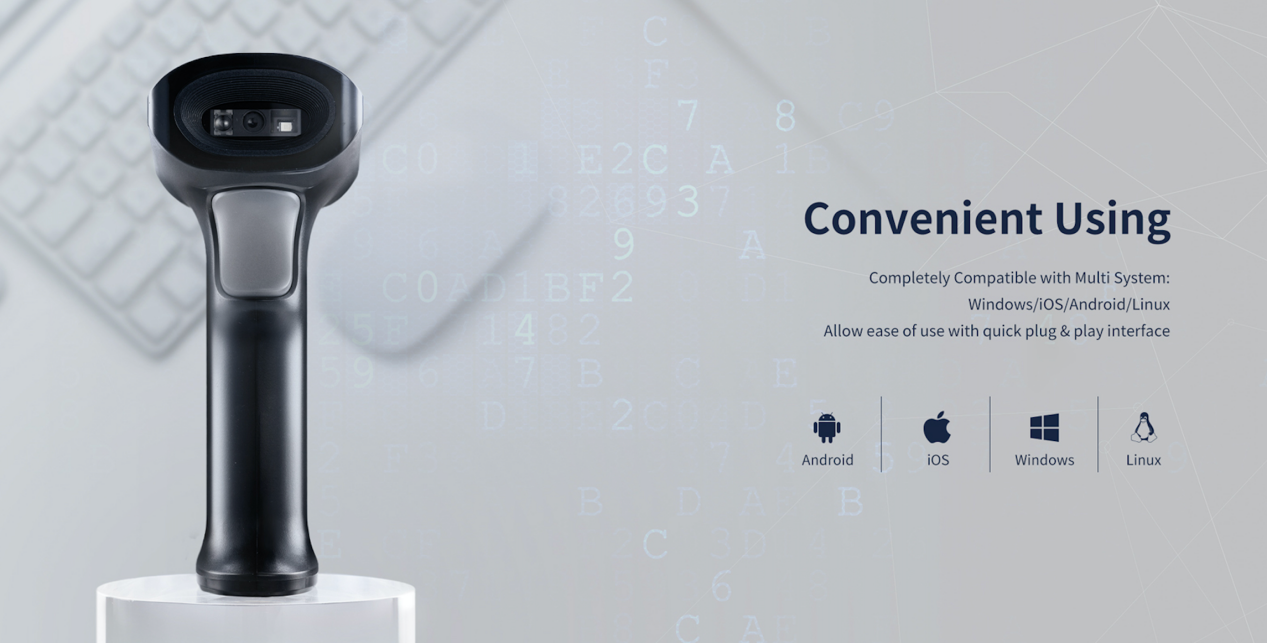
The HPRT N160BT handheld barcode scanner supports multiple operating systems and features a top LED battery indicator bar for convenient battery level monitoring. Additionally, it can be paired with a dedicated rechargeable scanner stand for enhanced usability.
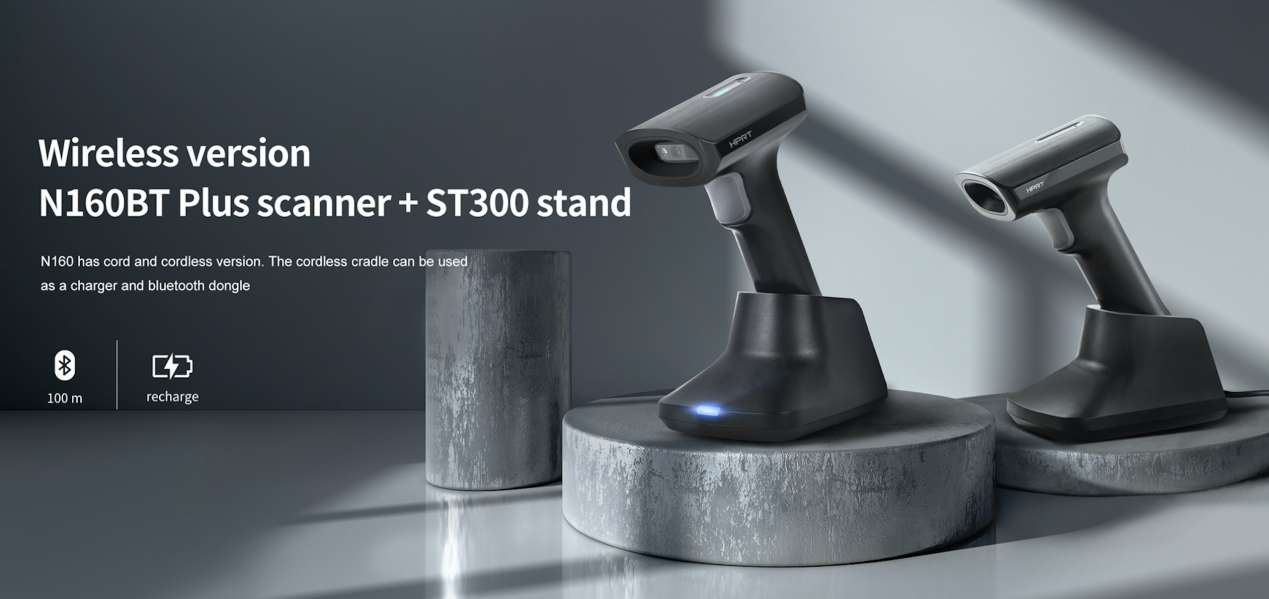
In addition to the above factors, you also need to consider book barcode scanner costs and whether they are easy to use.
HPRT is a professional barcode scanner and PDA device supplier with its own factory and manufacturing workshop. We also provide scanner OEM/ODM customization services. If you are looking for a suitable barcode scanner or need customized products, feel free to contact us.







